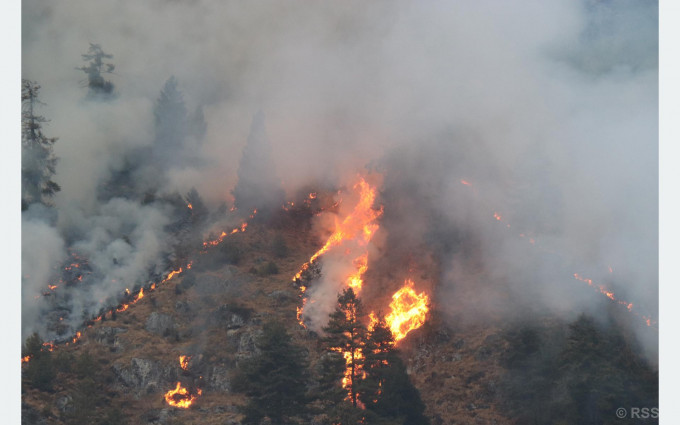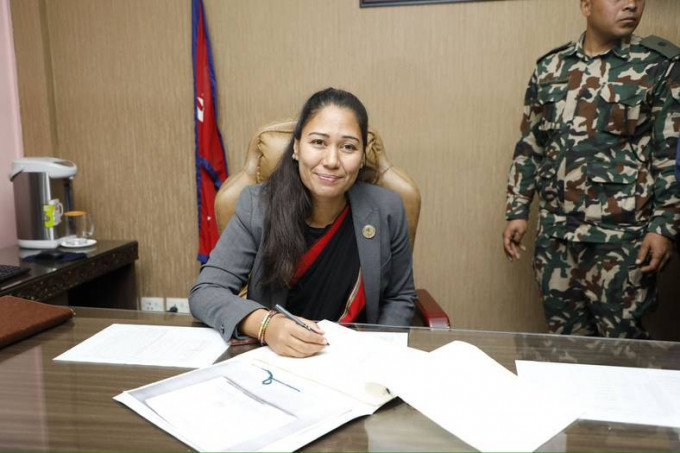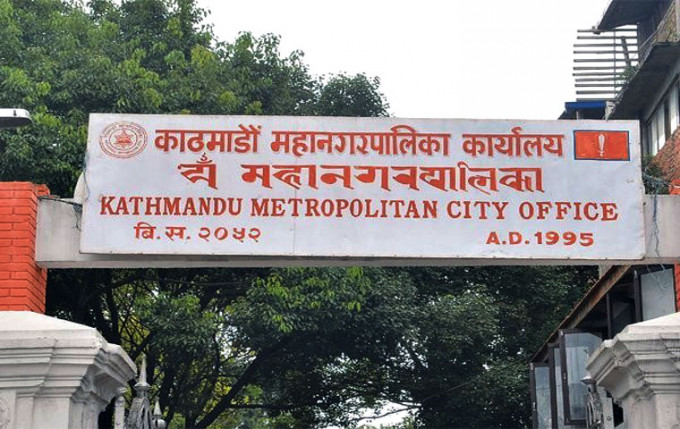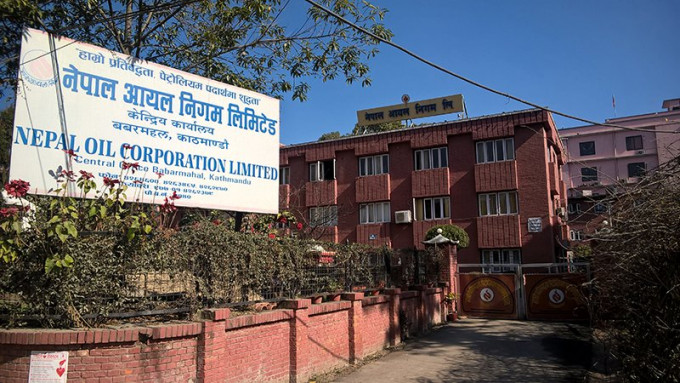There is a growing need to address the problem of increasing drug and tobacco use in Nepal, especially among the youths. According to the Government of Nepal, there is an average annual growth rate of 5.06 percent in the number of drug users from the year 2013 to 2020. The survey found 1, 00,165 (76.2 percent) drug users were below the age of 30 years. Tobacco use is disproportionately high in Nepal in comparison to other low income countries in the world
Loss of productivity is another issue concerning drug addicts of Nepal. The percentage of drug users and people who are unemployed is as high as 40 per cent in Nepal. Moreover, the unemployment rate is significantly higher in female drug users than in men.
According to the 2019 survey conducted by the Nepal Health Research Council (NHRC), 28.9% of adults belonging to the age group of 15 to 69, used tobacco. The overall prevalence rate of tobacco according to NHRC is 36.8 percent. Tobacco use among men and women is higher in Nepal than most low income countries. WHO estimates the percentage of Nepalese smoking was 21.6% compared with 11.6% for all low-income countries in 2015.
More than 27,100 Nepalis are killed by tobacco-related diseases every year. Amidst this, the government cannot avoid the irreversible harm caused by the unobstructed supply of tobacco products. Tobacco epidemic has become one of the greatest public health threats to the world. The more alarming fact is, most of these deaths are occurring in low and middle income countries where the health system already lacks enough funds to give good medical care to the locals. The world has witnessed a stricter approach to saving lives taken by states when the pandemic arrived in 2020 but the pandemic has not resulted in the deaths of more people than tobacco causes each year. The growing danger of tobacco demands government action to save millions of lives.
There are successful scenarios of government measures applied for tobacco control in the world. Through government initiatives, cigarette use has substantially decreased in the Gambia. The government of Gambia with the support of WHO imposed heavy taxation on tobacco products with the motive to curtail tobacco use in the country. As a result, the government was able to achieve three times more revenue and cigarette importation was reduced by over sixty percent. Considering the increasing drug and tobacco use in Nepal, government implemented tobacco and drug control measures can save millions of lives and safeguard the environment as well.
READ ALSO:









